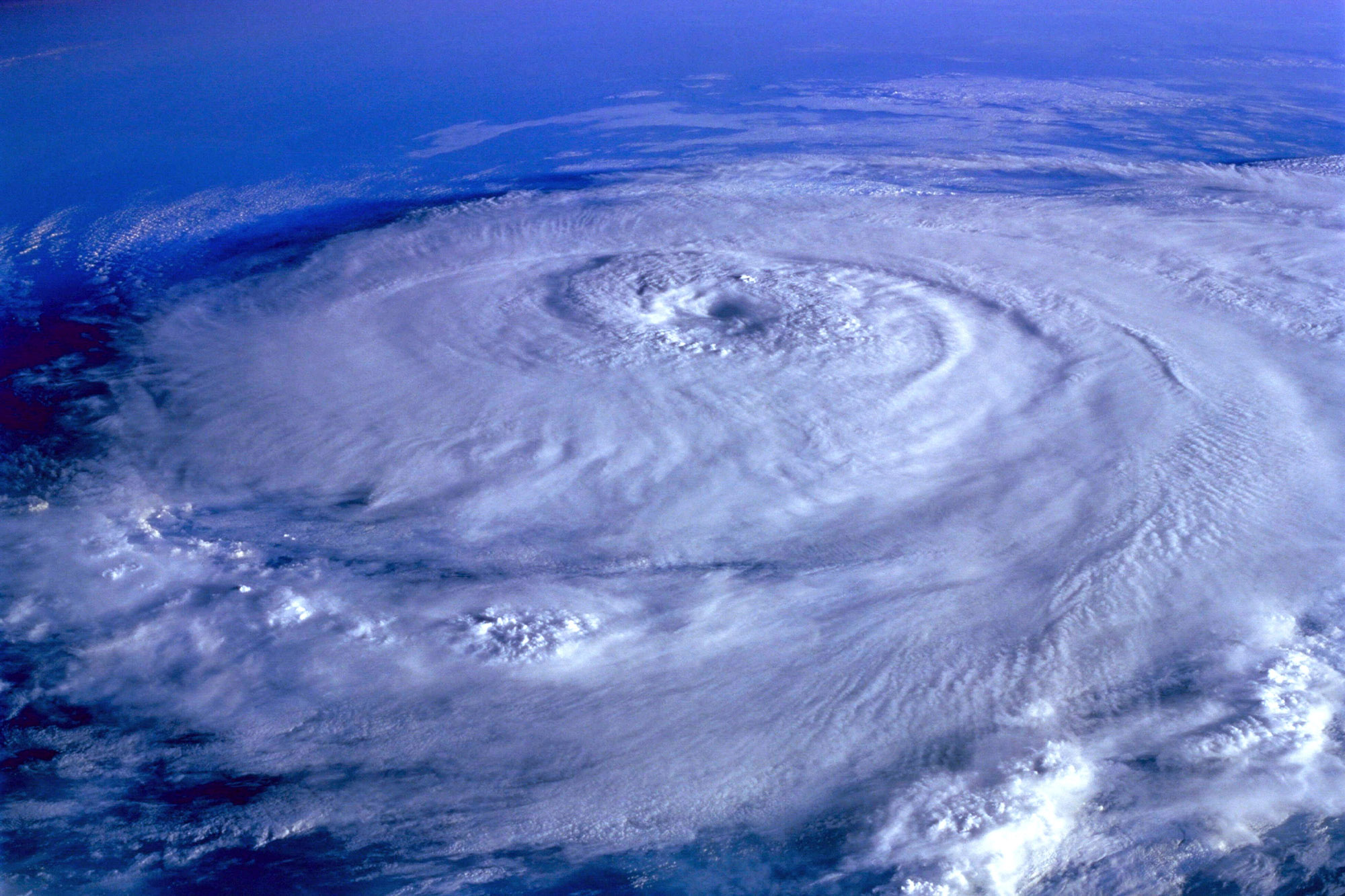As the 2020 storm season progresses, critical infrastructure facilities are preparing to face the consequences of increasingly powerful weather forces. But what can the industry do to reduce their risk?
The solution may come from an unlikely source – a commercial power industry process called FLEX.
FLEX is an approach for diverse and flexible coping strategies that reduce risk as a consequence of superstorms.
For mission-critical facilities, FLEX allows facilities to develop a strategic and tangible plan that will minimize the risk, as well as to develop streamlined, effective, and efficient mitigation strategies.
The guidance was originally developed to safeguard critical systems within commercial power facilities. The FLEX strategy consists of both on-site equipment stored at the facilities as well as off-site materials and equipment for a longer-term response.
Though designed specifically for commercial nuclear facilities, FLEX has the potential to increase the resiliency of other critical infrastructure operations during major weather events. The aspects of FLEX that can be applied to critical infrastructure facilities include:
- Perform analysis to catalog and identify the critical equipment that needs to be powered.
- Assess individual site vulnerabilities to extreme external hazards (e.g. hurricanes, cyclones, tornadoes, seismic events) and resulting events (e.g. tsunamis, storm surges, flooding).
- Extend the ability of current power sources to provide power to critical equipment
- Create a strategy that procures portable equipment that is stored on-site to power the critical equipment (e.g. diesel generators, flexible cabling, battery chargers).
- Perform analysis to size diesel generators, flexible cabling, etc., to identify the minimum size required to support inrush and steady-state operation.
- Perform analysis to ensure the station batteries can power equipment for longer periods of time. Typically, the battery discharge curves are only valid for 8 hours but can be extrapolated to longer periods of operation by the battery vendor. The analysis also evaluates the additional battery backup that can be provided by the station inverters.
- Prepare procedures and guidance documents to identify processes that plant personnel can take to provide critical steps to re-establish power to critical equipment.
- Coordinate with other facilities to develop a common regional storage location that is designed to withstand external hazards (seismic, tornado, hurricane, flooding, etc.) This storage facility would provide additional power to critical equipment in case the on-site power is unavailable.
- Prepare guidance documents that allow plant personnel to assess the viability and reliability of these strategies.

